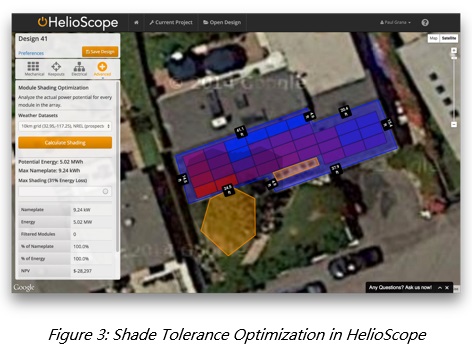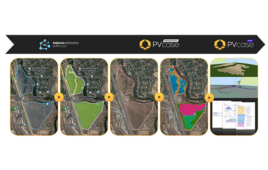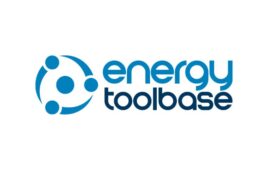Think about sales techniques like a set of golf clubs: A skilled golfer assesses the unique situation of each shot, and chooses the appropriate club each time. In the same way, a good salesperson will thoughtfully select the sales technique for each customer interaction.
Advanced software tools help enable new sales techniques that were not available in the past. In this series, we will describe the most common sales techniques and show how software tools can help you use them yourself.
Method 2: The optimization sale
People want to know that their dollars are going as far as possible. When a homeowner or business owner is going solar, they understand that a lot goes into building a high-performance solar array, but they are unaware of – and insecure about – the specifics. Still, they want to trust their installer knows what they are doing and will be honest. This is where the optimization sale becomes key.
With an optimization sale, you still present with the best design option to the customer, but you also explain how the design is the best among hundreds of possible alternatives. You offer to walk the customer through the methodology in case they want to understand the design process. Most customers will be content enough to know that there is a process in place.
The analogy is the 20-point car inspection you receive during a tune-up. The process helps ensures you that your mechanic is doing his job to the fullest extent. You “ten-point optimization” of a solar array can show a customer they are truly getting their money’s worth. It engages the consumer and builds trust.
What it looks like
Don’t stop your presentation with the primary system design. You can also show the supporting documents behind the system optimization. Some optimizations, such a panel tilt, lend themselves to charts, which make the results easier to explain.
 As with the 10-point inspection (the car analogy), you can “productize” the optimization, framing the system design optimization as a distinct step in the process. You can walk the customer through the optimization process. Even if most don’t take you up on the offer, they will still appreciate the rigor of the process.
As with the 10-point inspection (the car analogy), you can “productize” the optimization, framing the system design optimization as a distinct step in the process. You can walk the customer through the optimization process. Even if most don’t take you up on the offer, they will still appreciate the rigor of the process.
It’s likely you will position the optimal design against the “standard” design used in the industry. This enables you to put a value on the optimization process. You can illustrate the reduction in cost produced by your optimization process versus the “standard” design.
You might even combine this technique with the “menu sales” technique, and show a pair of options, both of which are optimized for a different objective. This could include:
Lowest cost versus best value. A residential customer will often have a budget they want to spend, and so the objective will be to see how far they can take that budget. You might show them the optimal design for a modest budget, and then show how the optimal design changes with a larger budget.
Maximum profit margin, versus maximum profit dollars. A commercial customer will look at the purchase as a financial transaction: an investment with a profit. But do they want to maximize the profit margin for the system, or do they want to maximize the profit dollars? These will often lead to different system design decisions.

Software Tools Available
Tools are increasingly being developed that can automate many of these design optimization techniques. For example, HelioScope by Folsom Labs includes a number of tools to optimize a system design, including the tilt or spacing (for commercial systems), or the shade tolerance (for residential systems).

These new tools make the optimization process extremely efficient. Many systems can be optimized quickly, and the charts can be used to supplement the customer proposal materials.
Advantages and disadvantages
This approach establishes you as the expert in this process. In fact, if a customer gets additional quotes, you can encourage him to show them to you, so you can compare them against your optimized design.
This method also ensures that you get very little push-back on the system attributes, letting you focus on other aspects of the sale (including cost, finances, timing, etc.).
The only risk is that this is a cerebral approach. If the customer wants simplicity, you run the risk of alienating them. But if used correctly, this sales technique can be a powerful way to establish the intellectual high ground with challenging customers.
Read “Method 1: Collaborative Selling” here.
Paul Grana is the co-founder and head of sales & marketing for Folsom Labs.
Read more Solar Boot-up articles from Folsom Labs here.





Tell Us What You Think!